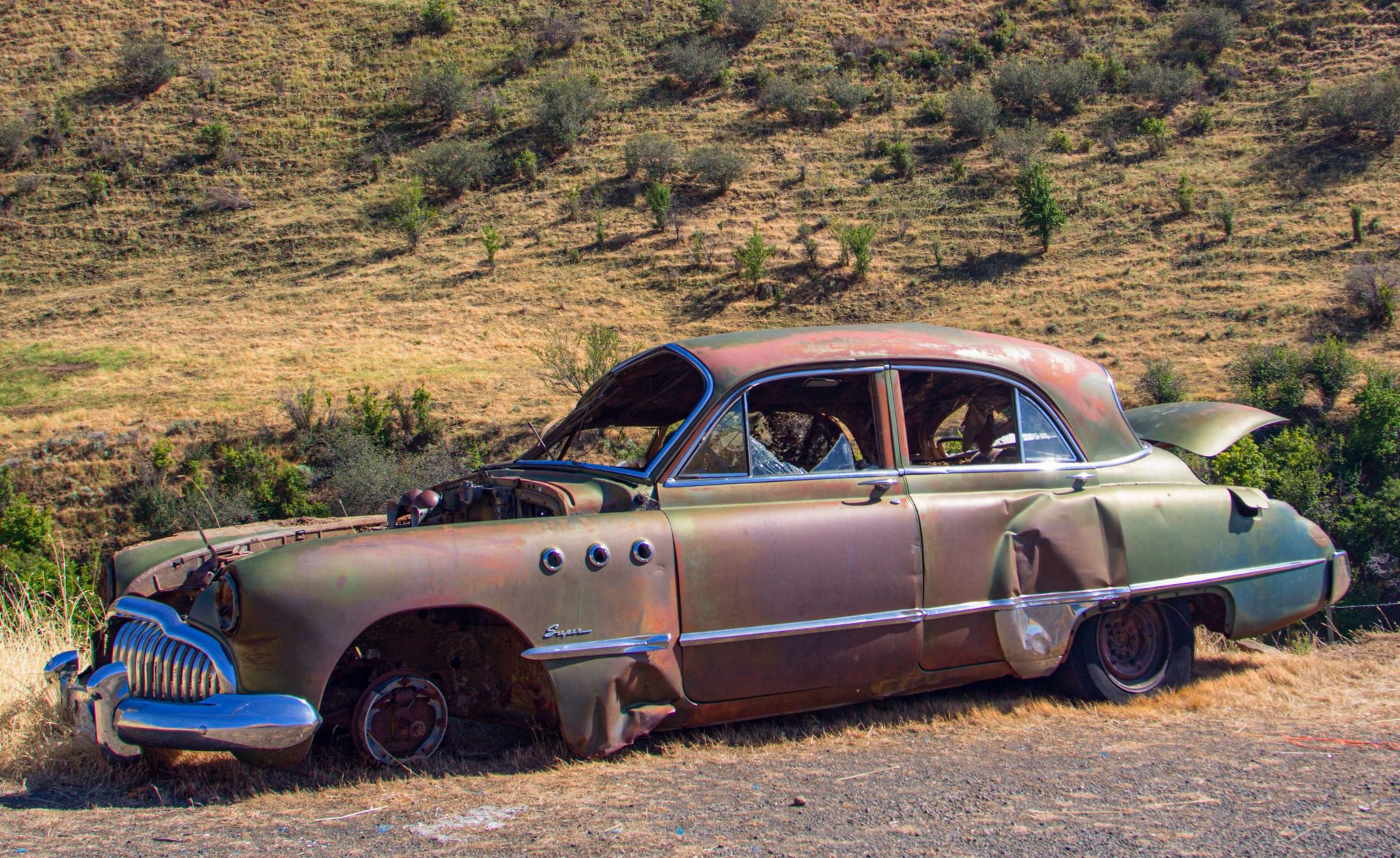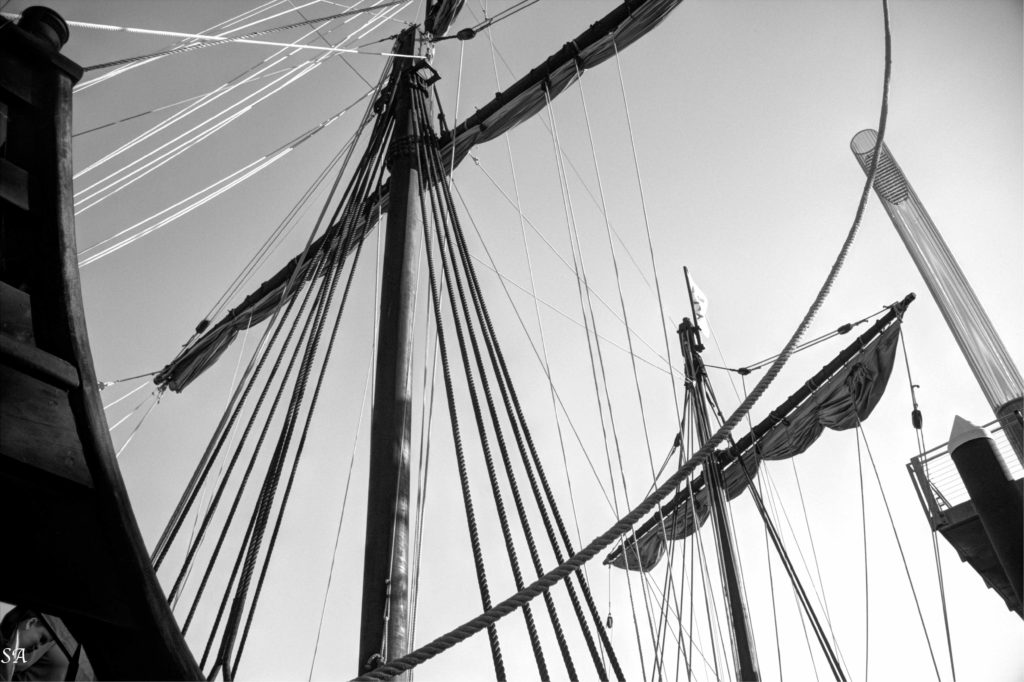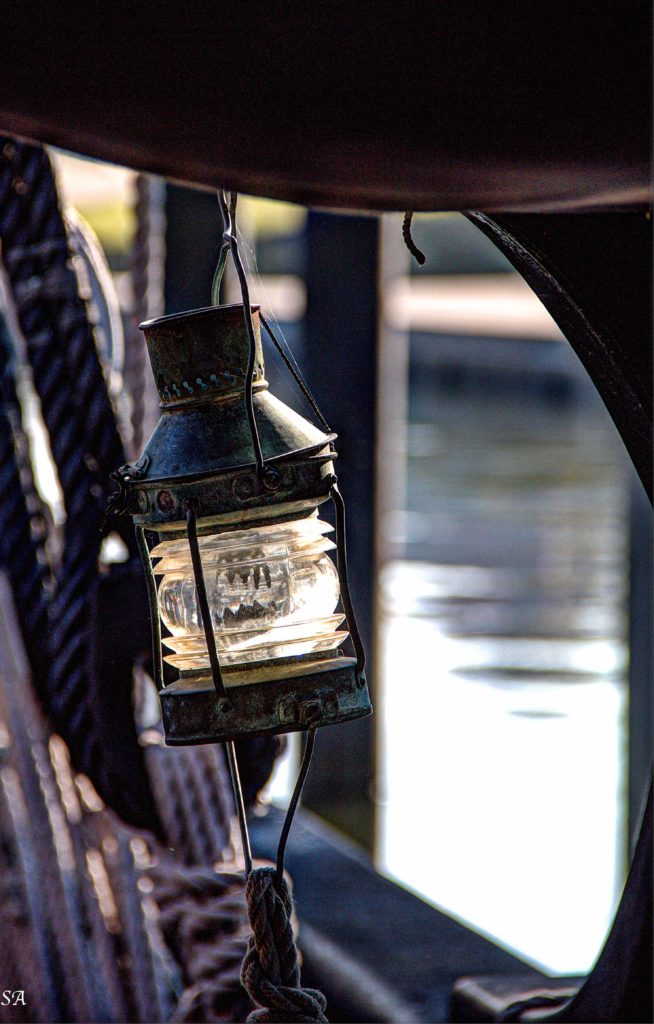Persecution looked them square in the eyes and denied them their rights. To them persecution was not merely rumors of something that happened in another country, but something that happened to them personally. It was real.
James Chilton and his family left their home in Kent, England and joined John Robinson’s congregation in Leiden, Holland. They were Separatists, persecuted by the English monarchy and even the Puritans within the Church of England. Many of the Separatists fled to Holland where they were at least tolerated for their religious views. Upon their arrival, many had to learn new skills to survive. From there, the calling of religious freedom urged them to pursue a life in the “new world.” Their flight was not just running away to escape, it was running toward an ideal. It was seeking freedom – freedom to work their fields, freedom to own a parcel of land, freedom to practice their religious beliefs, freedom to breathe the air of satisfaction.
James Chilton, his wife, and their youngest daughter, thirteen-year-old daughter Mary, along with 99 other passengers, departed from Plymouth, England aboard the Mayflower September 6, 1920. The journey across the ocean was an arduous one. Little did the passengers know their story would be written in the annals of history and would be replayed for generations.
Through perilous seas, storms, hunger, sleepless nights, and sickness, they forged on. They intended to disembark at the Jamestown Colony in Virginia, but strong winter seas forced them to seek another harbor. Their hopes were dashed just as the ship that was battered by waves and sickness that ran rampant among the passengers. Their numbers decreased by nearly half by the time the sickness had run its course.
They anchored near the tip of Cape Cod on November 21 where the Mayflower Compact was signed. James Chilton was one of those signatures.
Casting off again, they sailed to Plymouth harbor where they dropped anchor. For all that James Chilton had endured, he only got to see the promised land that drew them across the ocean. James Chilton, the oldest passenger at 64 years of age, could barely raise his head as he looked across the harbor to see the land that awaited their arrival. It was there on December 8, 1620, he breathed his last breath. He never set foot in the country that would become the home of his daughter and her many descendants. No, he took his last breath within sight of the “new world.” His wife joined him in the winter, just a month later.
With eyes of grief and her face set with determination, the young Mary Chilton set foot onto the land that became the home of her generations. She had looked to the shores of freedom and hope. As the first woman to set foot on the land, she acquired a place in history. The determination that was bred in her lived on in future generations who helped form the new government and later expanded into the west.
James Chilton succumbed to sickness and death, yet there was still life in those old bones – life that was lived out in the life of his daughter Mary Chilton, my 11th Great Grandmother. His determination was contagious. Mary looked to the shores of freedom and hope. She instilled those same admirable traits in her descendants.
What would James Chilton think to know that he left a legacy that is imbedded in history – no, that made history? The Mayflower story is one that continues through us – their future generations. James Chilton is my 12th Great Grandfather.

Mary Chilton stepping onto Plymouth Rock as depicted by
Henry Bacon’s 1877 painting of “The Landing of the Pilgrims”




Fascinating ! And inspiring !